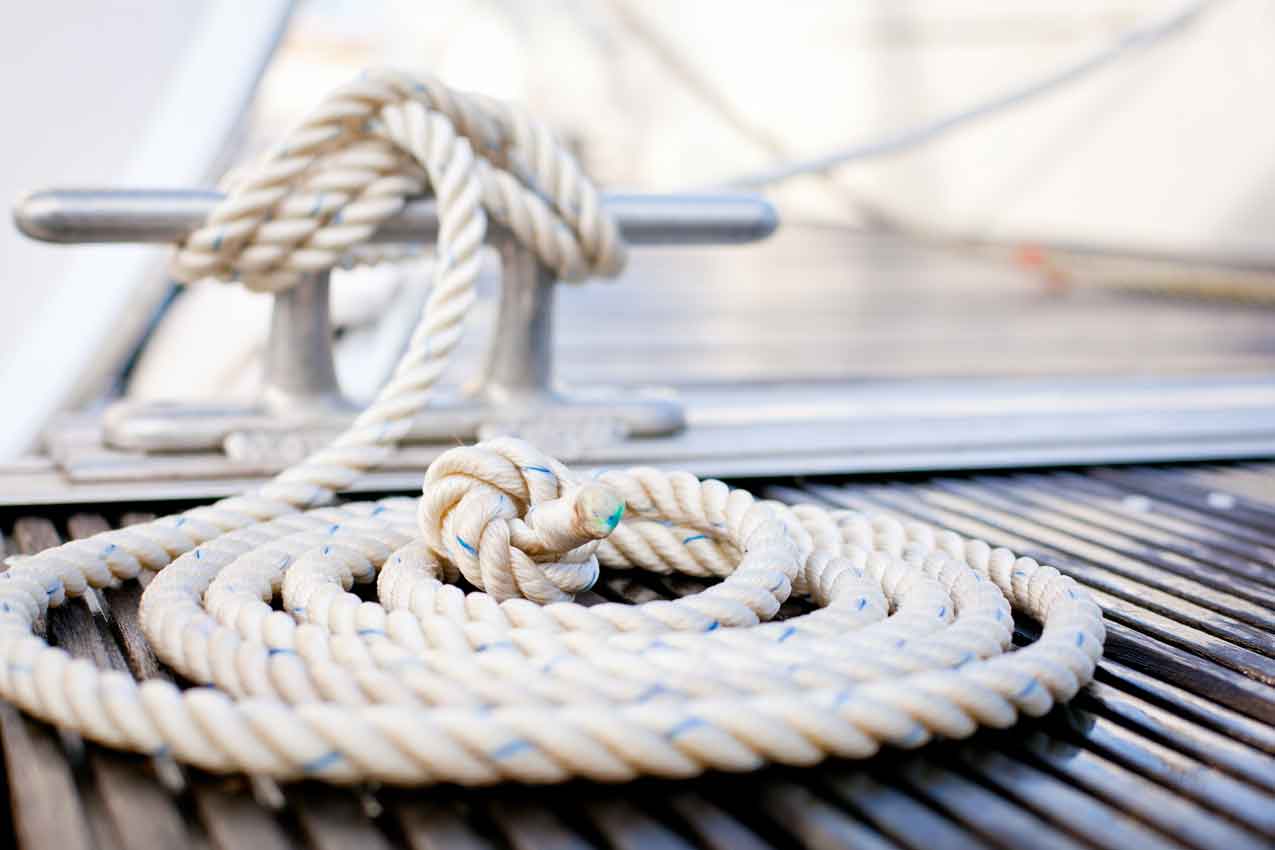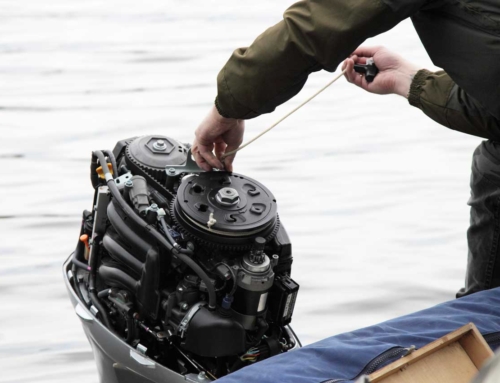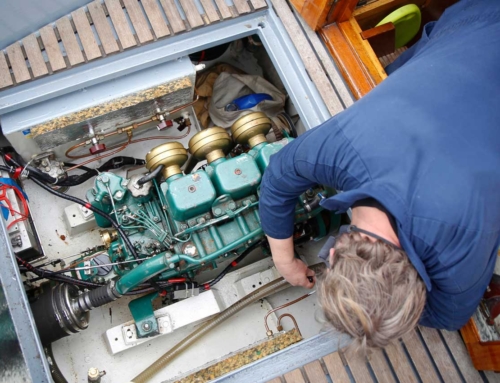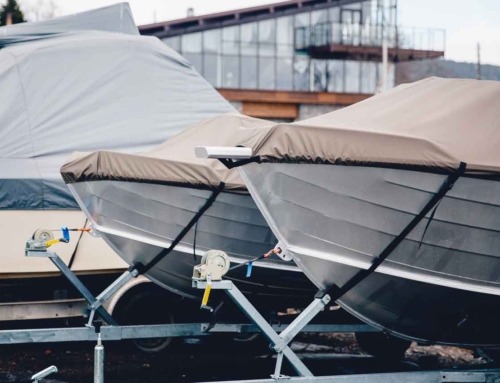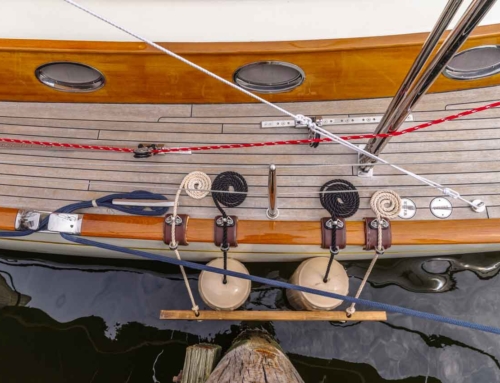Docking a boat may seem daunting, especially for those new to boating, but with the proper knowledge and preparation, it can become a smooth and rewarding experience. At Crate Marine Belleville, a premier marina in the heart of Belleville, mastering the docking process is essential for safety and enjoyment. In this guide, you’ll learn how to dock a boat in our marina. Whether you’re a novice boater or have years of experience, understanding the nuances of docking at this location is crucial.
Crate Marine Belleville offers top-notch facilities, making it an ideal spot for docking your boat. However, the marina’s unique layout and the ever-changing weather conditions mean boaters must be well-prepared and knowledgeable about the docking process. This comprehensive guide aims to equip you with the necessary skills and confidence to dock your boat safely and efficiently, ensuring that every visit is pleasant.
By the end of this guide, you’ll have a solid understanding of the docking process, enabling you to handle your boat with precision and ease at Crate Marine Belleville.
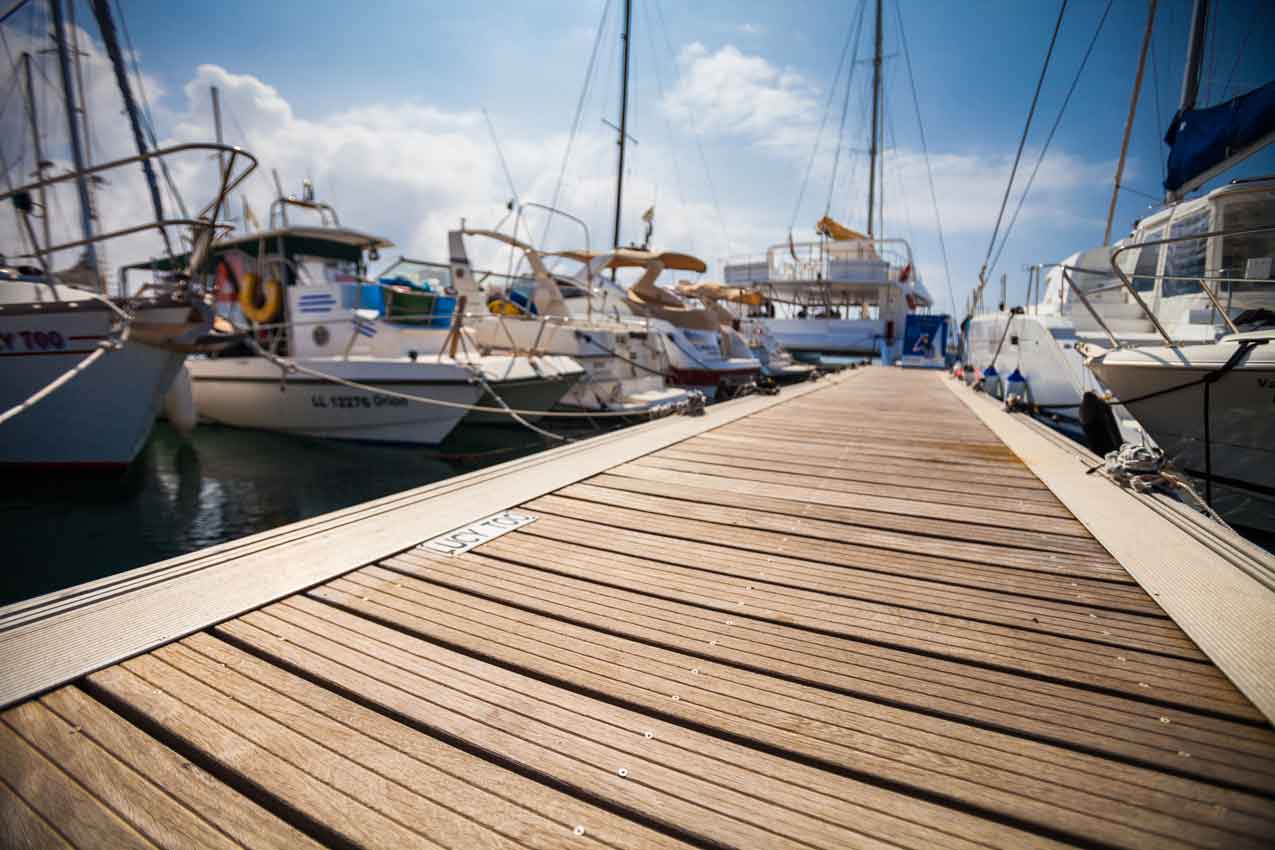
1. Preparing for Docking: Essential Steps for Boaters
Thorough preparation is key before you approach the dock at Crate Marine Belleville. The docking process starts long before your boat reaches the marina, with steps that ensure your vessel is ready, your crew is informed, and you know the current conditions.
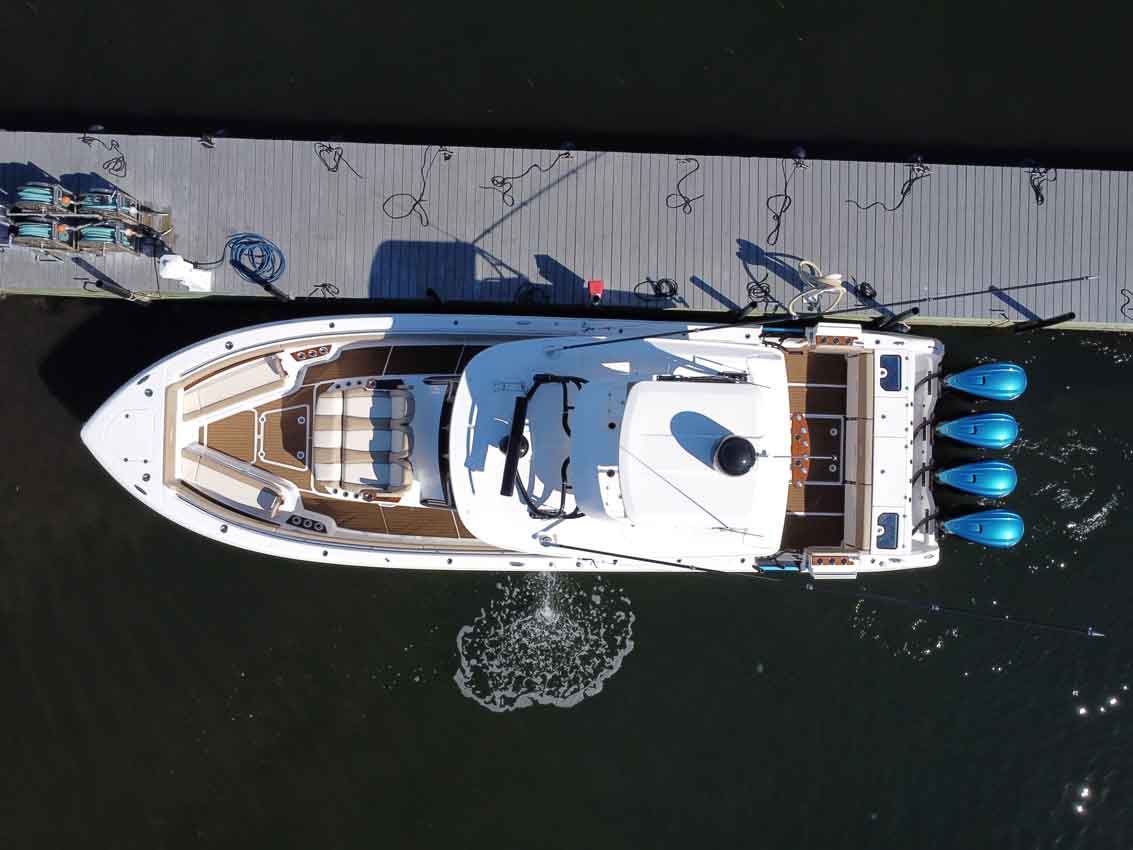
Pre-docking Checklist
Before setting out to dock, going through a pre-docking checklist is essential. This ensures that the boat and crew are prepared for the process.
- Inspecting the Boat and Equipment: Before you start the docking process, inspect all necessary equipment. Ensure that fenders, dock lines, and the engine are in good condition. Double-check that your boat’s controls, including steering, throttle, and reverse, are functioning correctly.
- Understanding the Weather and Wind Conditions: Wind and currents can significantly impact your docking maneuver. Check the latest weather reports and observe the conditions as you approach the marina. Understanding the direction and strength of the wind will help you plan your docking strategy effectively.
- Communication with the Crew: Clear communication with your crew is vital. Assign specific roles to each crew member, such as handling lines or fenders, and ensure they understand their tasks. Use hand signals or radios to communicate clearly, especially in noisy environments.
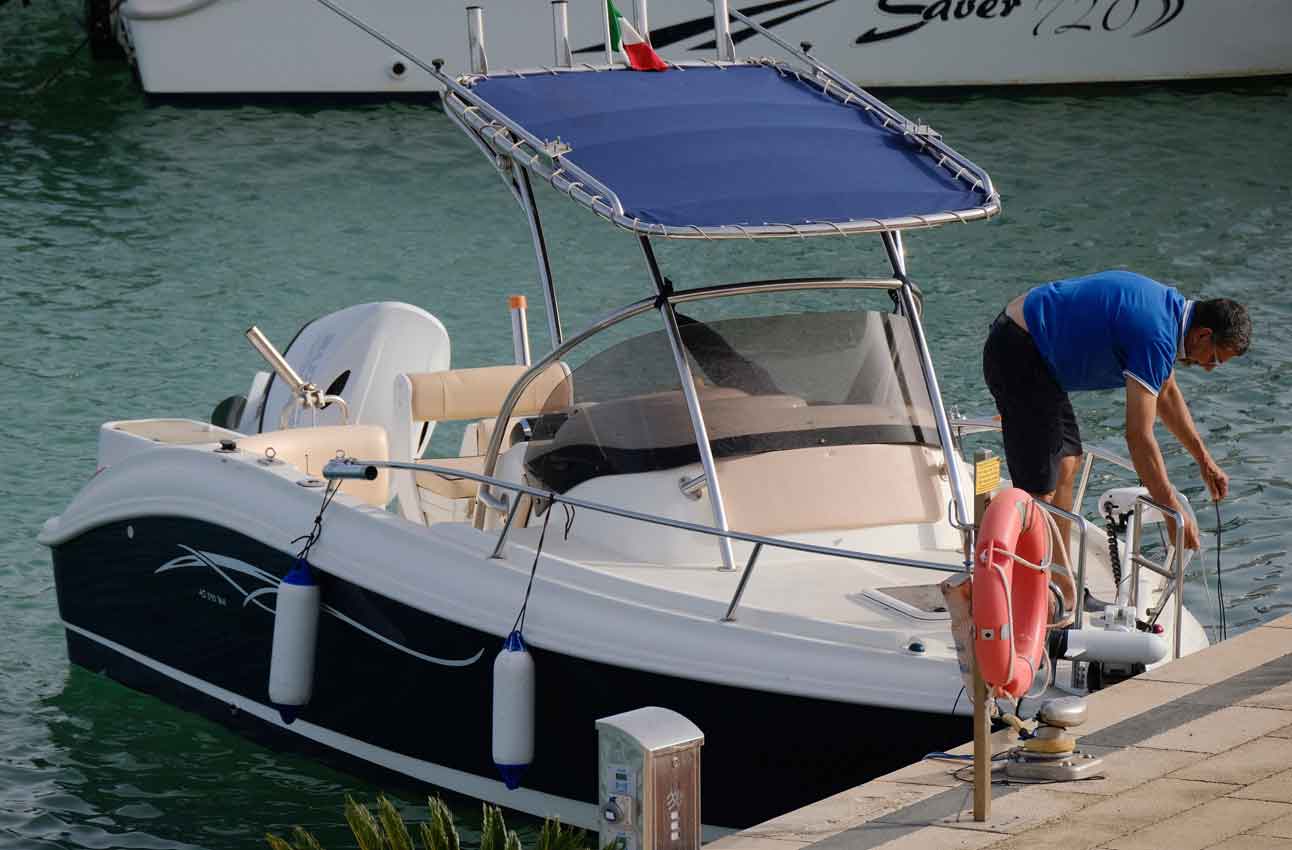
Approaching the Marina
The approach to the marina is a critical phase in the docking process. You aim to bring your boat close to the dock while maintaining full control and minimizing speed.
- Reducing Speed and Assessing Marina Layout: As you near Crate Marine Belleville, reduce your speed to a no-wake pace. This ensures a smoother approach and prevents disturbances to other marina boaters. Take a moment to assess the marina’s layout. Identify your docking slip and plan your strategy, considering any obstacles or nearby boats.
- Identifying the Docking Slip at Crate Marine Belleville: Crate Marine Belleville has clearly marked slips, but confirming your assigned slip upon arrival is still essential. Knowing where you’ll be docking lets you align your boat correctly and plan your approach angle.
Planning Your Approach Based on Current Conditions: Wind and current play a significant role in how you approach the dock. If you’re docking into the wind, you’ll have more control as the wind slows your approach. Conversely, docking with the wind or current pushing you toward the dock requires extra caution, as you’ll need to compensate for the increased speed and reduced control.
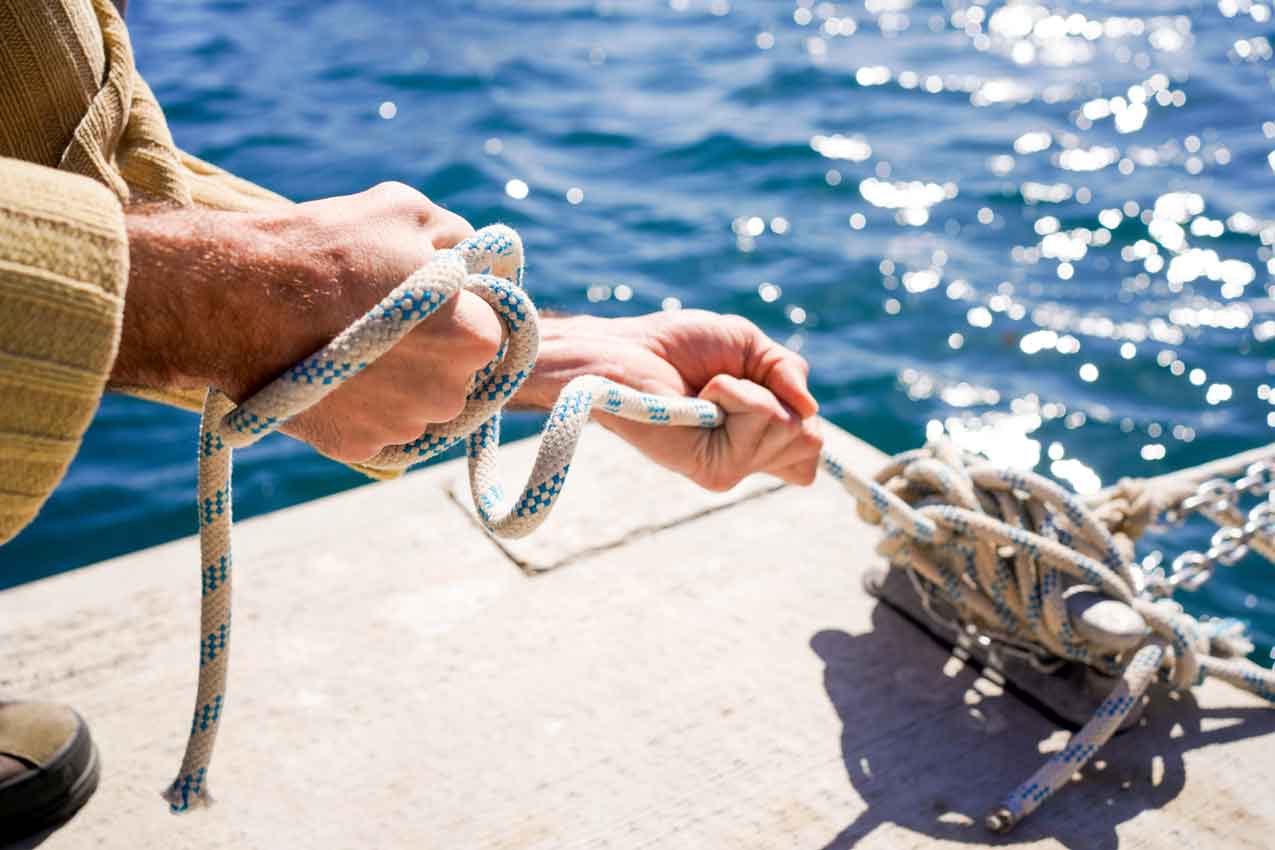
2. Understanding the Docking Process at Crate Marine Belleville
Docking a boat involves a series of maneuvers requiring precision, timing, and understanding how your vessel responds to various conditions. The process at Crate Marine Belleville is no different, but with the marina’s specific characteristics in mind, you can dock like a pro.
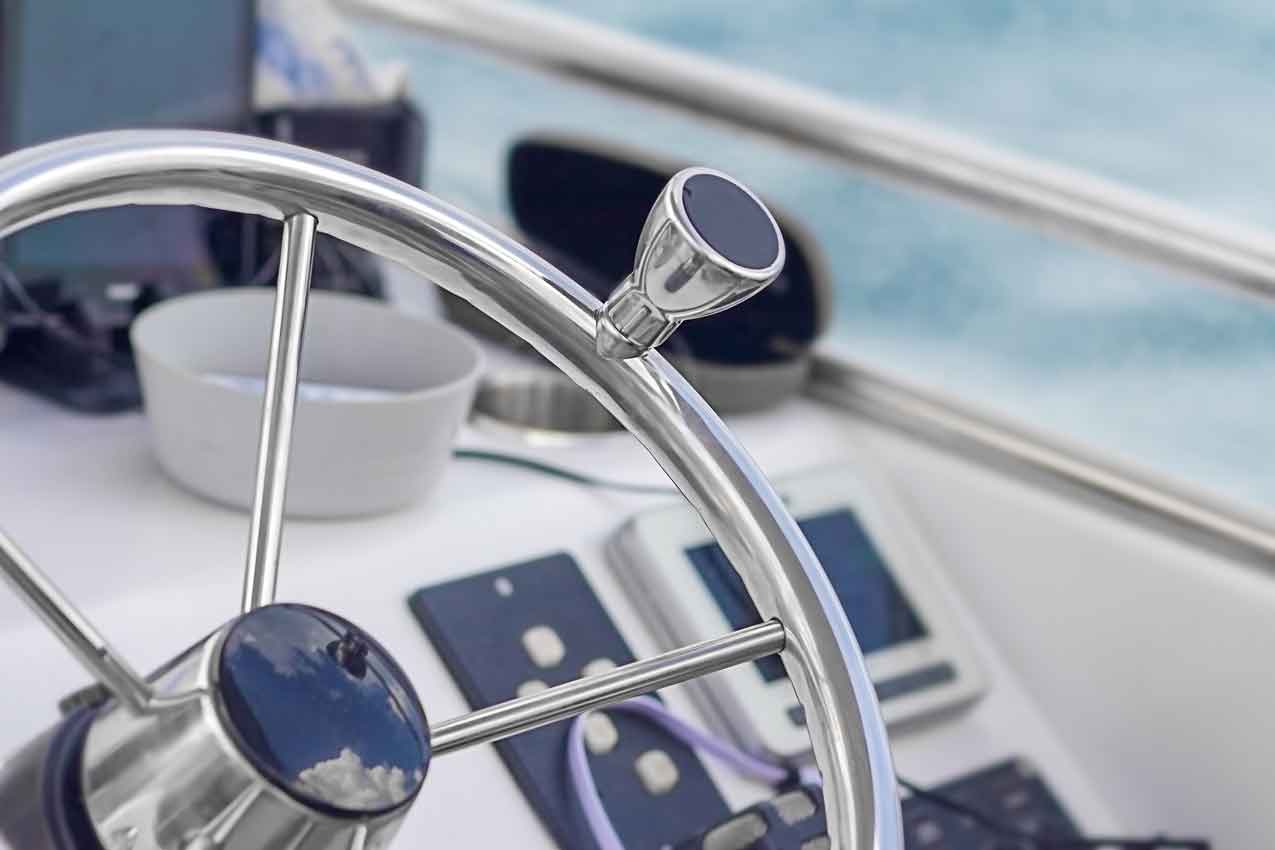
Maneuvering Towards the Dock
- As you approach the dock, continue to reduce your speed. The slower your approach, the more time you have to make corrections. Use short bursts of the engine to control speed and direction.
- Wind and current can push your boat off course during the approach. Counteract these forces by angling your boat slightly into the wind or current.
- Two essential docking techniques are pivoting and crabbing. Pivoting involves using the boat’s engine and rudder to turn it on its axis, allowing for more precise alignment with the dock. Crabbing is a technique where you approach the dock at an angle, using the wind or current to guide the boat alongside the dock before straightening out.
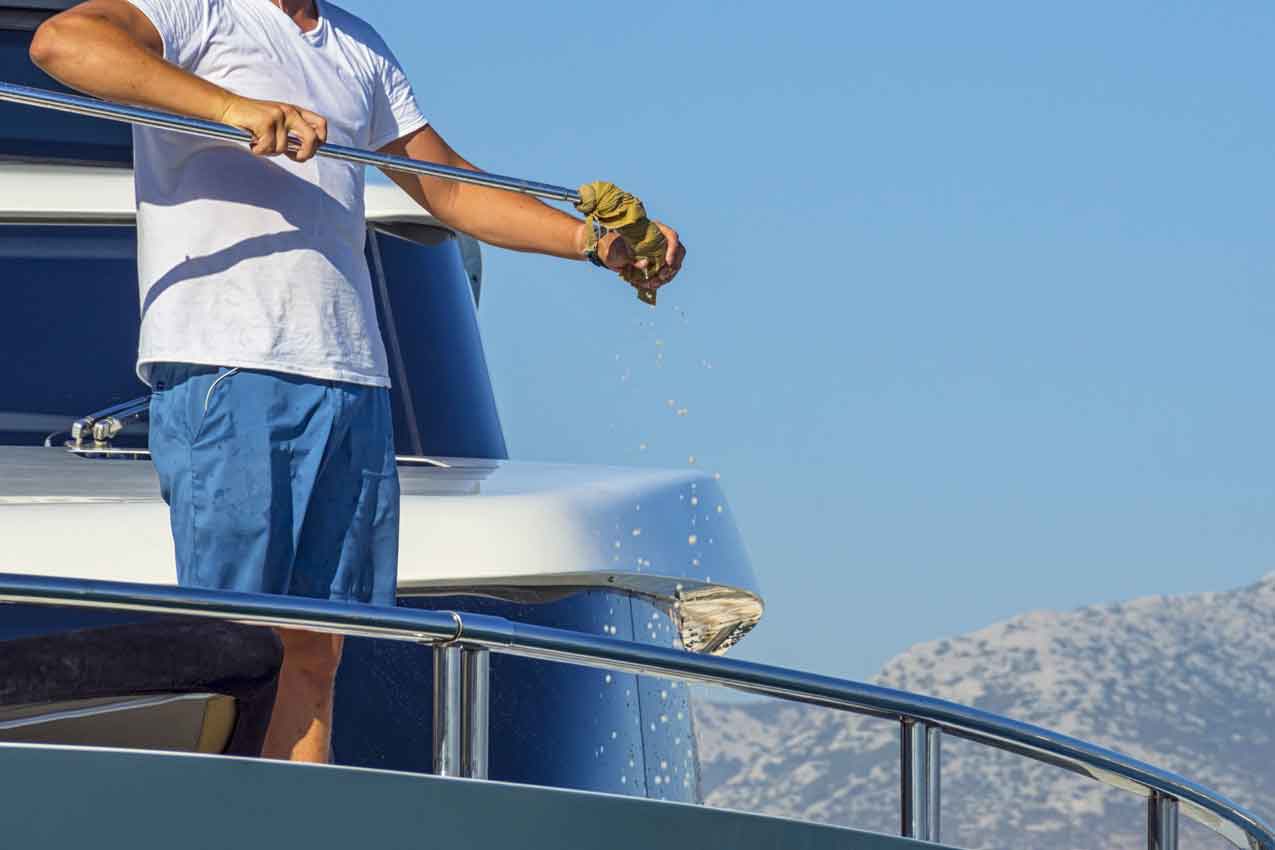
The Role of the Crew
- Each crew member should have a specific role. For example, one person might handle the bow line while another manages the stern line.
- Use clear and concise communication. Hand signals work well in noisy environments, but radios can be even more effective. Make sure everyone understands the docking plan and can react quickly to any changes.

Securing the Boat
Once alongside the dock, securing the boat properly is essential to prevent drifting or damage.
- Using Fenders and Dock Lines: Before reaching the dock, ensure your fenders are in place to protect the boat’s hull from contact with the dock. Once alongside, quickly secure the boat with dock lines. Start with the bow and stern lines, then secure the spring lines to prevent forward and backward movement.
- Tying Off Your Boat: Secure the bow line first, followed by the stern line. Then, attach the spring lines to control the boat’s movement along the dock. Use appropriate knots, such as the cleat hitch, to secure the lines.
- Double-Checking the Security of the Docked Boat: After tying off, double-check all lines and fenders to ensure that the boat is securely moored and that no undue tension is on any of the lines. This final check helps prevent the boat from moving unexpectedly due to wind, current, or passing boats.

3. Common Challenges and Solutions for Boaters
Docking a boat comes with its challenges, many of which can be intensified by weather, mechanical issues, or crowded marinas. Being aware of these challenges and knowing how to handle them is crucial for a successful docking experience.
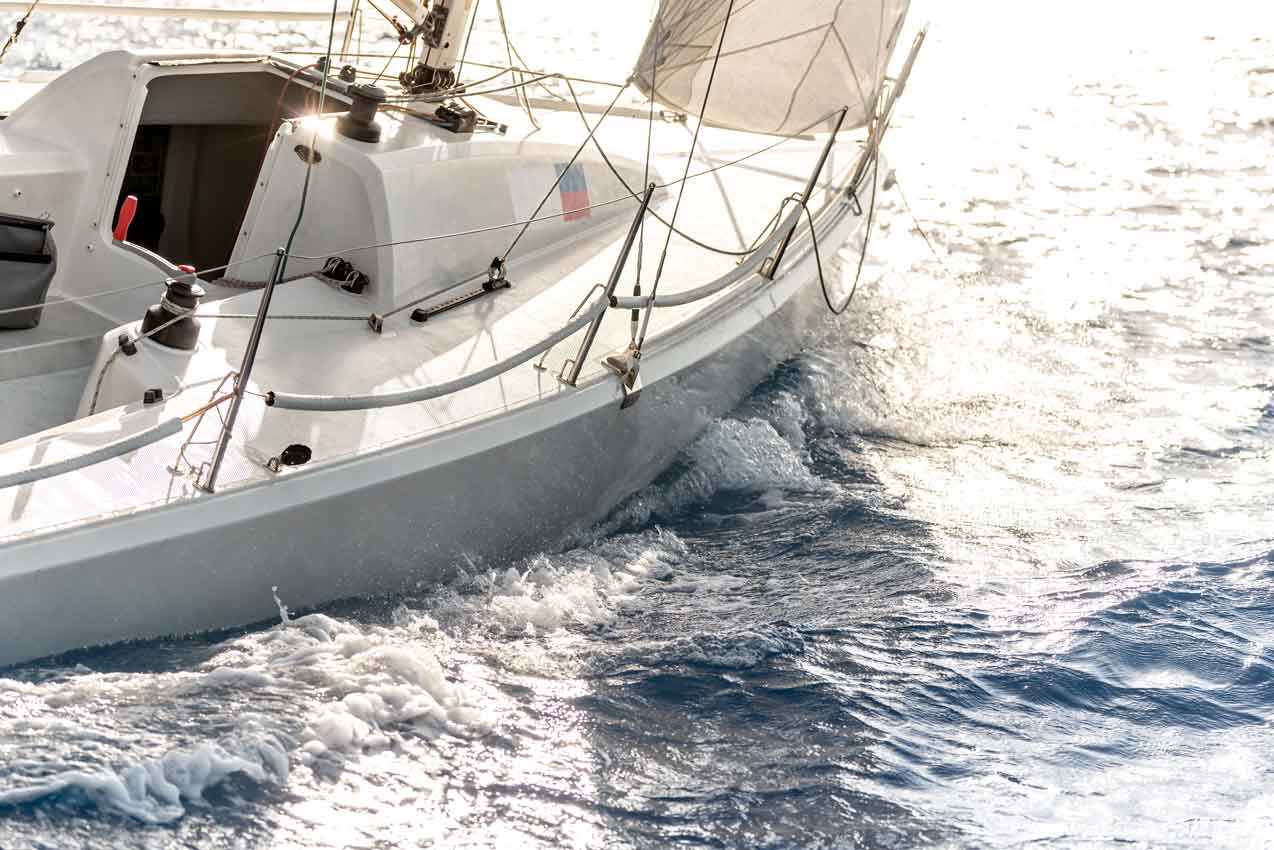
Wind and Current Challenges
Wind and current are two of the most common challenges boaters face when docking. These natural forces can either aid or hinder your docking process, depending on how well you adjust to them.
When docking in solid wind, approach the dock with the bow into the wind if possible. This gives you more control over the boat’s movement. If the wind or current pushes you away from the dock, use more throttle to maintain your course. If you’re being pushed toward the pier, slow down and be ready to reverse to prevent hitting the dock too hard.

Handling Crowded Marinas
Docking in a crowded marina like Crate Marine Belleville requires extra caution and consideration for other boaters. In overcrowded marinas, maintain a slow speed and be vigilant of other boats. Plan your approach in advance to avoid sudden maneuvers that could cause collisions. If necessary, circle in an open docking area until your path to the dock is clear.
Be patient and courteous to other boaters, and avoid creating a wake that could disturb docked boats. If you see another ship attempting to dock, give them ample space and time to complete their maneuver.

Dealing with Mechanical Issues During Docking
Mechanical failures can occur at any time, including during docking. Knowing how to handle these situations can prevent accidents and damage. If your engine fails during docking, remain calm. Use your momentum and steering to guide the boat toward the dock as safely as possible. If necessary, drop an anchor to prevent drifting and signal for assistance from the marina staff.
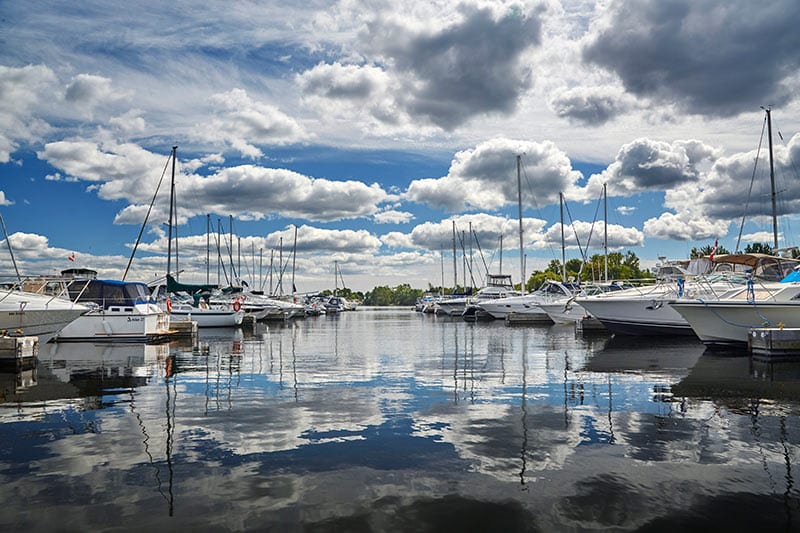
4. Tips for First-Time Boaters at Crate Marine Belleville
Docking for the first time can be a nerve-wracking experience, but with the right preparation and mindset, it can also be rewarding. Here are some tips specifically for first-time boaters at Crate Marine Belleville.
Docking for the first time can be challenging, but you’ll gain confidence and skill with practice and patience. Practice makes perfect. Before attempting to dock at Crate Marine Belleville, practice docking in open water using buoys or markers as stand-ins for the dock. This helps you get a feel for how your boat handles at low speeds and how it responds to steering inputs.
Feel free to seek advice from more experienced boaters. The boating community is generally welcoming, and seasoned boaters at Crate Marine Belleville are often happy to share their knowledge and tips.

Safety should always be a priority, especially for first-time boaters. Check your surroundings and always wear a life jacket when docking, especially if you’re inexperienced. Ensure that all crew members know their roles and wear appropriate safety gear. Keep hands and feet inside the boat to avoid injury when coming alongside the dock.
Protecting the marina’s environment is part of being a responsible boater. Be mindful of your speed to avoid creating wakes that could damage the marina or disturb wildlife. Dispose of waste properly and avoid spilling fuel or oil into the water.
Never be afraid to ask for help, especially when docking at a new or unfamiliar marina. The staff at Crate Marine Belleville is experienced and ready to assist you with docking. If you need more clarification about your approach or need an extra hand, feel free to ask for help.
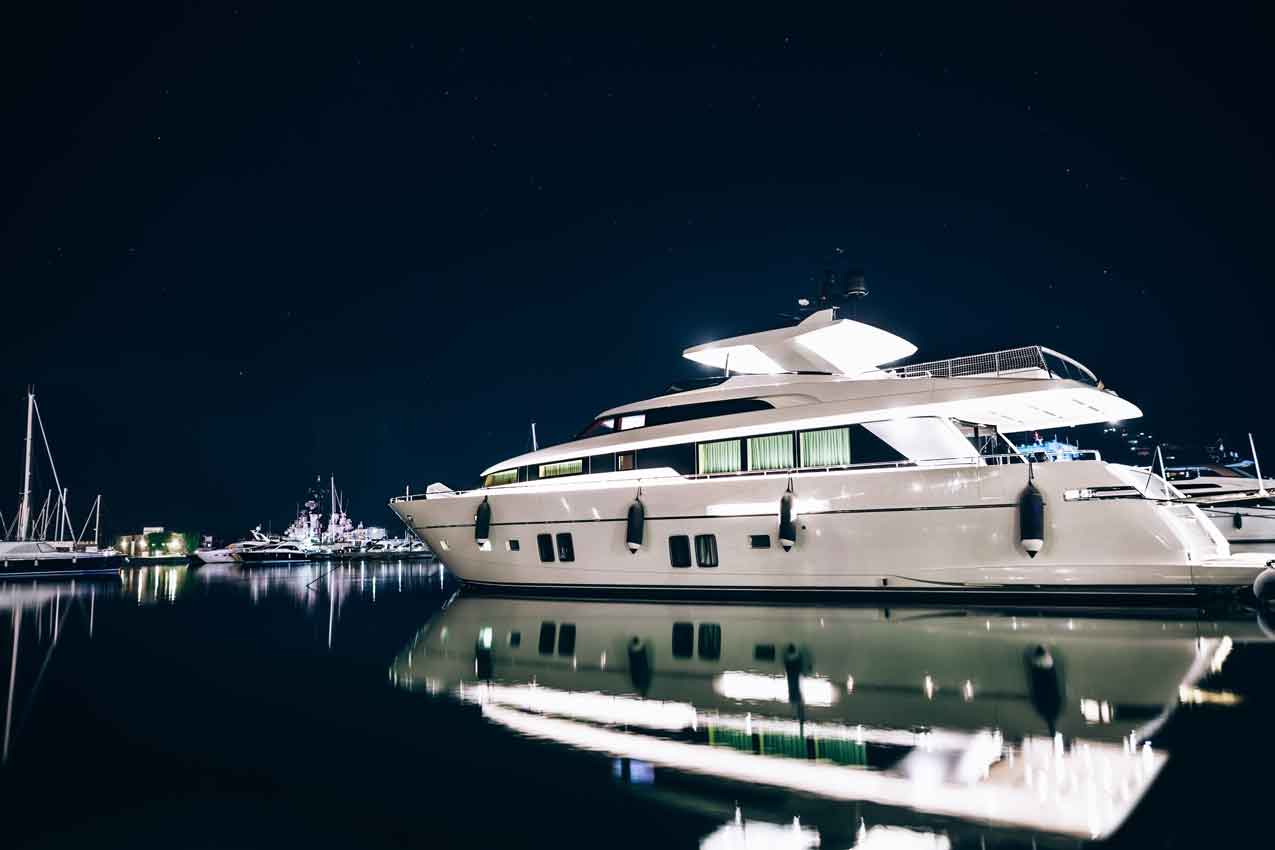
5. Nighttime Docking
Docking at night presents its own set of challenges, but with proper preparation, it can be done safely.
Reduced visibility at night can make it difficult to judge distances and see obstacles. Ensure your boat’s lights function correctly, and use a spotlight to illuminate the dock as you approach.
Approach the dock slowly and use all available lighting to guide your way. Be extra cautious of other boats and obstacles that may be harder to see in the dark. Have a crew member use a flashlight to help guide you into the slip if possible.
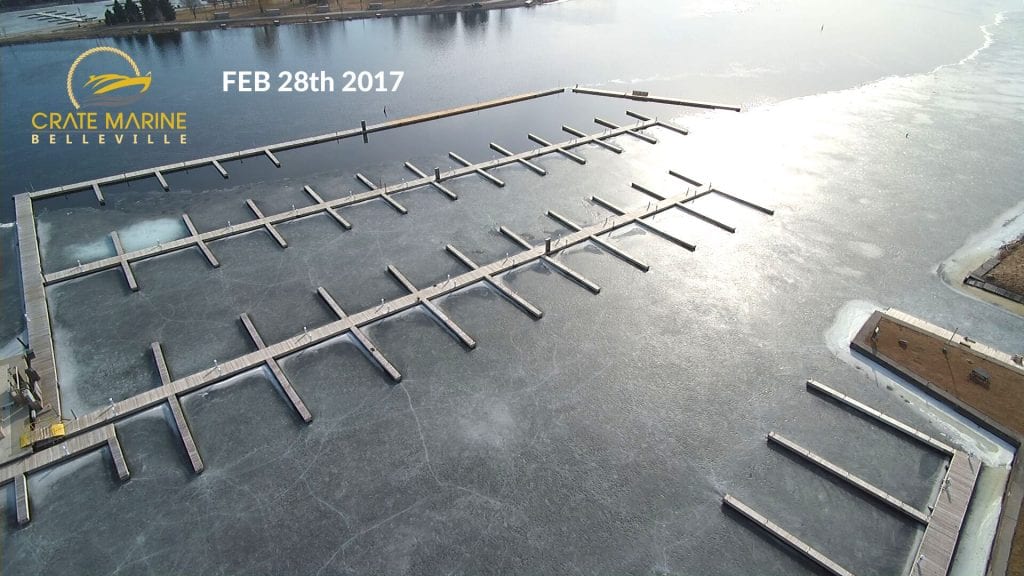
Conclusion
Docking a boat is a skill that improves with practice, patience, and the right knowledge. At Crate Marine Belleville, understanding the specific challenges and characteristics of the marina can help you dock safely and efficiently. Whether you’re a first-time boater or an experienced captain, the tips and techniques outlined in this guide will help you approach docking confidently.
We invite you to visit Crate Marine Belleville and experience its exceptional facilities and welcoming community. With each docking experience, you’ll gain more confidence, making your time on the water even more enjoyable. Happy boating!


